Mihir S Sharma in New Delhi
At Vigyan Bhavan, Prime Minister Manmohan Singh sat with silent stillness as a key economic advisor and the head of India's central bank discussed the legacy of his reforms - a legacy that speakers said was under threat because of complacency.
The first generation of reforms, when Singh was finance minister, had succeeded in raising both growth and aspirations, said Raghuram Rajan, a University of Chicago professor and advisor to the PM.
Today's doldrums of seven per cent growth would have led to elation 20 years ago.
...
Why Manmohan Singh's reforms legacy is under threat
Image: RBI Governor D Subbarao with Finance Minister Pranab Mukherjee.Photographs: Reuters.
Rajan and Reserve Bank of India governor D Subbarao were speaking at the launch of a new edition of a festschrift by prominent academic economists in Singh's honour, edited by Isher Judge Ahluwalia of Icrier and IMD Little, an Oxford don who was Singh's thesis advisor.
The last edition was released a year after he left office as finance minister - when, Ahluwalia said, most people assumed his contribution had ended.
...
Why Manmohan Singh's reforms legacy is under threat
Image: Raghuram Rajan.Yet, the first-generation reforms Singh stewarded, said Prof Rajan, had been almost too successful.
Aspirations grew - and so did demand for resources. Immediately second-generation reforms, which reduced rents and increased competition, became more urgent - but these had been delayed.
...
Why Manmohan Singh's reforms legacy is under threat
Image: An engineer of Oil and Natural Gas Corp (ONGC) works inside the Kalol oil field in Gujarat.Photographs: Amit Dave/ Reuters.
Singh's first-generation reforms themselves were incomplete. Areas such as higher education were left open to rent-seeking. PSUs still occupied the economy's "commanding heights".
The reforms did not recognise the importance of natural resources and their allocation - and were, above all, not political enough. "Reform by stealth does not win hearts and minds," said Rajan.
...
Why Manmohan Singh's reforms legacy is under threat
Image: Air India headquarters.Rajan's speech dripped phrases expressing concern about UPA governance - 'Coalition adharma', 'a coalition of the unholy', a 'Resource Raj' that had replaced the Licence Raj, etc.
The second-generation reforms India wanted were stuck in Parliament, with insufficient will even in the ruling coalition.
And, even these reforms are flawed, Prof Rajan argued. The lessons of Singh's first reforms needed to be brought in for the second generation - in particular, less reliance on state capacity, he said.
...
Why Manmohan Singh's reforms legacy is under threat
Image: Women stand next to a shop selling garlands made of Indian currency notes in Jammu.Photographs: Mukesh Gupta/Reuters.
Meanwhile, the world had grown more competitive, weakening support for the India growth story.
A volatile rupee was the first sign of an unstable macroeconomy, he said; a trend towards high interest rates was the second.
He called for a common minimum programme across "sensible" political parties to restore confidence.
If politics trumped good sense, Prof Rajan concluded, it would jeopardise Manmohan Singh's legacy - presumably, a legacy of good sense, instead of political change.
...
Why Manmohan Singh's reforms legacy is under threat
Image: Prime Minister Manmohan Singh.Photographs: Reuters.
Subbarao directly addressed fears that under Singh, India had come full circle. 2012 was not 1991, he said, although "the twin deficits are here once again".
Short-term debt was high, too; but the structure of the economy had changed fundamentally, and the financial system, he insisted, could absorb shocks.
In addition, there are other reasons for optimism: the services sector dominates today, and its performance is a source of resilience; not all of the fiscal deficit is structural; and forex reserves are much larger.
Subbarao also addressed external-sector liberalisation, which he viewed as the most far-reaching of Singh's reforms.
...
Why Manmohan Singh's reforms legacy is under threat
Image: A worker drives a road-roller during road construction near the proposed Ford car plant in Sanand.Photographs: Amit Dave/Reuters.
India, he said, quoting the Buddha, had found "a middle way". The rupee is market-determined - but the central bank would intervene to smooth volatility. Any move towards capital account convertibility needed certain preconditions, Subbarao added, as there was no reason to suppose it was good.
The first precondition: India's government needs to ensure it is a "more friendly" destination for FDI (foreign direct investment).
"Only when we are paranoid about sustaining growth will we achieve it," concluded Rajan.
...
Why Manmohan Singh's reforms legacy is under threat
Image: Montek Singh Ahluwalia.Singh's legacy was perhaps neither political nor paranoid enough.
"Growth cannot be taken for granted," Ahluwalia insisted, shortly before telling the audience that Singh had agreed to come on the unsurprising condition that he would not speak, only listen.
...
Why Manmohan Singh's reforms legacy is under threat
Image: Prime Minister Manmohan Singh.Photographs: Siphiwe Sibeko/Reuters.
The audience, largely silent and respectful - and composed of most of India's eminent policy economists, as well as a sprinkling of Cabinet ministers and journalists in their conference best - watched as the volume was unwrapped and presented to Singh.
He weighed it tentatively in his hands, as if assessing the burden of history. Breaking the agreement, he said, "Without difficulties, life would not be worth living."

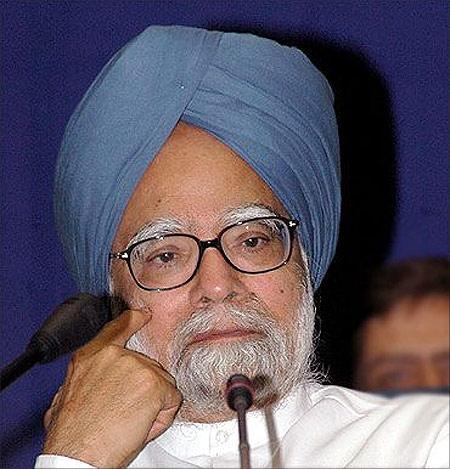
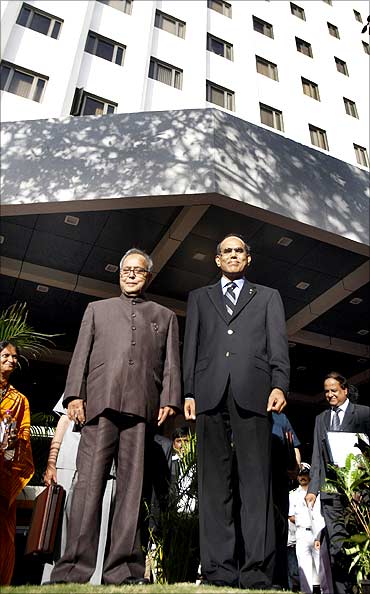
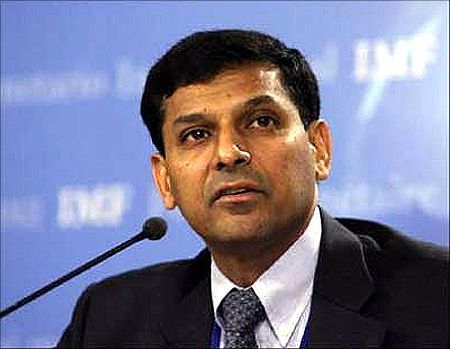

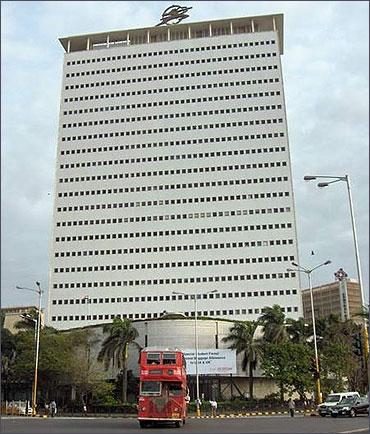
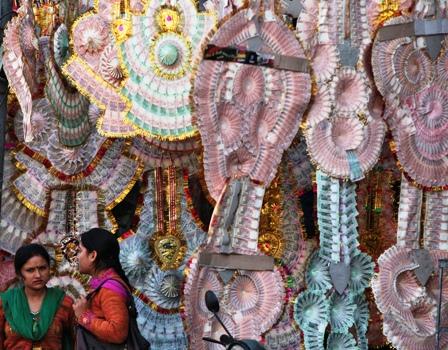
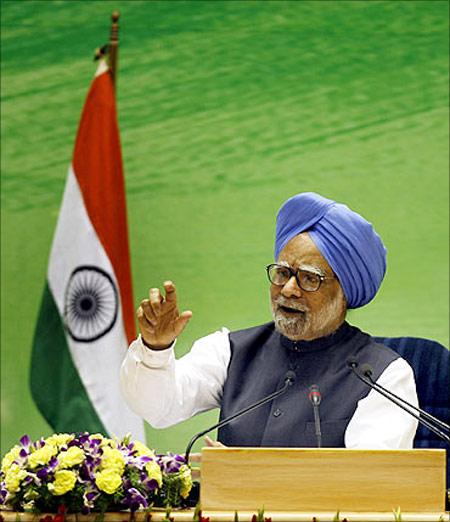

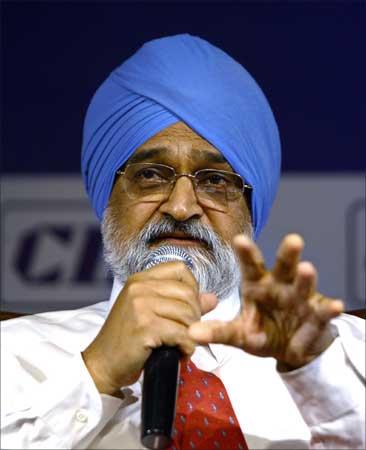
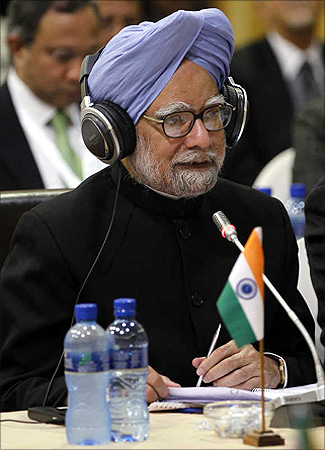

article